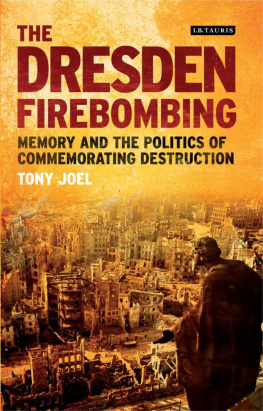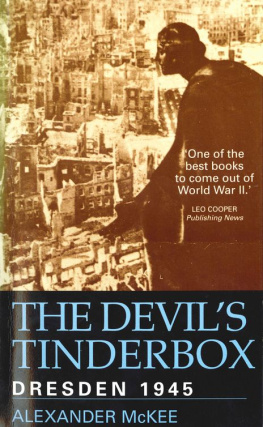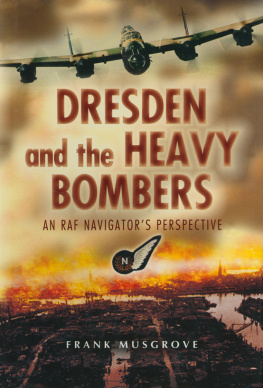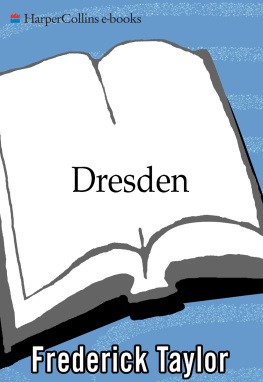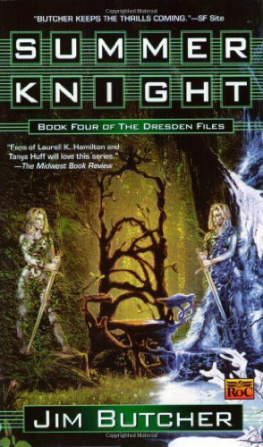CONTENT
Dissonanz author collective Functions of Collective Remembering
Mathias BerekFOCUSSED
The myths of Dresden and the modification of German national history
Henning Fischer Interview with Olga Horak
audioscript Dresden Politics of peace initiatives within the context of the commemorations of the bombing raids of Dresden since 1980.
Claudia Jerzak Filmic Commemoration and German-German Memory Politics
Antonia Schmid Literary Memory in the Works of Kurt Vonnegut and Jonathan Safran Foer - Between Satire and Kitsch
Christine Knzel The Frauenkirche, Dresden Cathedral and the Reconstruction
Philipp Klein Present and prospective (hi)story telling at the Dresden Heidefriedhof / Heath Cemetery
Swen Steinberg
Contradictions between Reconstrucion and Victim Identity
Philipp Klein A Farce in five acts
Andrea Hbler How one of the biggest European Nazi parades came to be
Antifa Recherche Team Dresden (ART) The new Saxony Assembly Act
Antifa Recherche Team Dresden (ART)CHRONOLOGICAL
Dresden during National Socialism
Ren Haase The ideological charging of 13 February commemorations in the Soviet Occupied Zone and the GDR: early days and later developments.
Sophie Abbe The Commemoration of Dresden in Reunited Germany
Andrea HblerACTIVIST
audioscript on the Persecution and Annihilation of the Jews in Dresden 1933 to 1945
Heike Ehrlich/Kathrin Krahl Interview with Krischan, a delegate of the Anti-nationalist Plenum Hamburg
Conducted by Judith Lauer (Dissonanz Author Collective)Dissonanz author collectiveFOREWORD TO THE ENGLISH EDITION
While German tourists visiting Dresden are no longer quite as shocked by the old buildings they see everywhere, they do still irritate tourists from abroad. Everything around the Frauenkirche smells of renovation and Disneyland so one is made aware of the reconstruction. However, questions start to arise at the very latest on the way to Pillnitz, via the villa quarter Blasewitz and the Blaue Wunder [Blue Wonder] Bridge. How could all of this have survived the firestorm? After all, it was a second Hiroshima, wasnt it?
The Nazi leadership used the air raids on Dresden on the 13 and 14 February 1945 as the basis of a campaign to discredit the allies in neutral countries abroad. In the days following the bombardment the news agencies filed detailed reports, press releases and radio reports which represented Dresden as a peaceful city of art and culture. 1 The lies propagated by the Reich Ministry of Propaganda about the innocent, militarily unimportant art and culture city which had been unnecessarily bombed shortly before the end of hostilities while talking about a hundred thousand deaths, a rain of phosphorus and low-flying fighter planes targeting the civil population were not without effect in the allied and neutral nations. Although critical historians and anti-fascist groups active both in local and national discourses have been successful in deconstructing the Dresden-as-victim myth over the last few years international perception of the air raids on Dresden are nevertheless regarded as militarily senseless, particularly savage or even as an Allied war crime. The reception of classics of literature such as Kurt Vonneguts Slaughterhouse 5 continue to contribute to this. In his book, a high school text in the USA, Vonnegut compares Dresden after the bombing with the surface of the moon and quotes David Irving, the British revisionist historian and Holocaust denier who, in The Destruction of Dresden, published an exaggerated numbers of casualties 135,000.
Also involved in the internationally current idea that one has to place Dresden and Hiroshima (and 11 September too) in the same category is bestseller author Jonathan Safran Foers. In his book, Extremely Loud and Incredibly Close, which was filmed in 20112 he links the story of his main character with the experiences of his grandparents who lived through the Dresden bombings. In Germany parallels like this drawn by outsiders are gratefully accepted. Thus the conservative Frankfurter Allgemeine Zeitung wrote: Moreover, the New York drama is interlaced with two other apocalyptic firestorms, viz. the bombing of Dresden and the dropping of the atom bomb on Hiroshima. Thus Foer relates two of the most contentious and symbolically charged catastrophes of the twentieth century to a terrorist crime which, we fear, will become no less symbolic for the beginning of the twenty-first century.3 By translating our criticisms of memorialisation we intend to intervene in the continuing reproduction of the Dresden myth in international discourse. We would like to make our arguments against the memorialisation of the bombing accessible to academics, political activists and those interests outside German-speaking regions.
First the bombs, then the Wall, now the floods: we can handle that too!
This morale-boosting slogan brightened the summer of 2002 the flood of the century had just turned Florence on the Elbe into Venice on the Elbe on a short run of posters distributed by the Saxony FDP [Free Democratic Party] calling for donations for its flood fund. It could only be seen in Dresden city centre. Dresden, after many hard setbacks of fate, knows what suffering and privation mean. Anyone wanting to score points in Dresden would do well not to forget the bombings they give you a direct line to the identity of its inhabitants. A fixed point of reference is their collective memory of the Allied air raids on Dresden between the 13 and 15 February 1945. And none of this is a joking matter, as one can see from the reaction to Thomas Gottschalks witty remark during the television programme, Wetten, dass ? when he commented on the rebuilding the Frauenkirche [Church of Our Lady but literally Womens Church] by asking if it might not have been cheaper to build a womens parking space. There was a similar reaction when the satyric magazine, Titanic, commented the 2002 floods on it back page with Relapse into a planned economy: water for extinguishing fires 57 years behind schedule. Natives of Dresden vented their ire and dented pride in their suffering with angry articles and commentaries in local newspapers and letters to the editor.
 Emerge Saxony! First the bombs, then the wall, now the floods: We handle that too!
Emerge Saxony! First the bombs, then the wall, now the floods: We handle that too!
Posters distributed by the Saxony FDP (Free Democratic Party) in 2002, calling for


